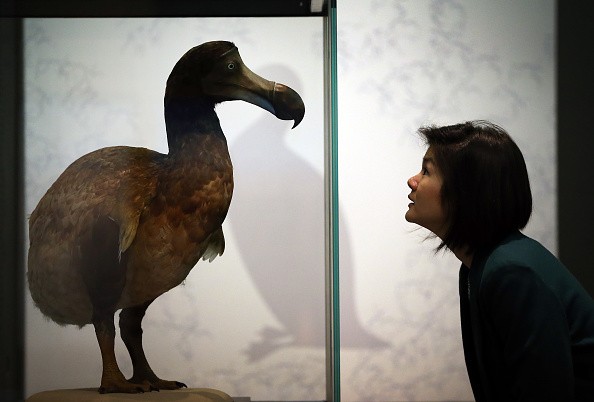For the first time, the dodo's whole genome has been sequenced, increasing hopes that the bird might be saved from extinction.
Beth Shapiro, professor of ecology and evolutionary biology at the University of California, Santa Cruz, stated at a Royal Society webinar that her lab will soon disclose the full DNA of a specimen housed in Copenhagen's Natural History Museum.
The 3ft-tall flightless bird was wiped off in the 17th century, barely 100 years after it was found on the island of Mauritius.
Dodo birds and mammoths for DNA sequencing

However, in addition to being persecuted by humans, dogs, cats, and pigs preyed on the birds, with sailors carrying the predators with them on their Indian Ocean journeys, as per Express.
"The dodo genome is completely sequenced because we sequenced it; it hasn't been published yet, but it exists and we're working on it right now," she explained.
She spent a long time attempting to get DNA from an Oxford specimen. They also obtained a trace amount of DNA, but it was not adequately well-preserved.
She said that the group had discovered a "wonderful specimen" in Denmark, as per The Telegraph.
So we have a really high quality, high coverage dodo genome that will be released shortly, she continued, but she cautioned that bringing the bird back may be difficult.
"Mammals are easier," she explained. "How can I change a cell that is residing in a dish in the lab that has a piece of Dodo DNA into a full live, breathing, genuine animal?"
Similar prospects exist for such woolly mammoth, which DNA has also been entirely sequenced owing to well-preserved remains discovered in Siberian permafrost.
Colossal, a new gene-editing startup founded by entrepreneur Ben Lamm and Harvard scientist George Church, aims to resurrect the woolly mammoth.
Cloning woolly mammoth DNA with that of a modern Asian elephant would result in the creation of an embryo that could be developed in an artificial womb or a surrogate elephant.
The dodo clone may not resemble as the one in the past
The dodo gets its name from either the Portuguese term for "fool," because sailors insulted it for its seeming lack of inhibition of armed hunters.
It is genetically linked to the Nicobar pigeon, and it is conceivable that scientists would alter pigeon DNA to incorporate Dodo DNA if they wished to reintroduce the species.
Mike Benton, Professor of Vertebrate Palaeontology at the University of Bristol, believes it would have been better to bring back a dodo instead of an animal from even further backward in time since it could live in today's environment.
"The dodo is indeed a famous bird that you can make a case for reintroducing," he added. If they bring T-Rex back to life, it could not be a popular thing since it would wreak devastation.
Bringing back something that wasn't so ancient, on the other hand, would be lot more doable. The dodo has a well-known and easily accessible habitat.
Through aspects of engineering the dodo, professionals will indeed face all of the problems people had also faced, as well as the reality of creating a whole new species.
Whether you could infuse sections of that dodo DNA into an advanced pigeon but somehow start generating a dodo, it would most likely not look any of it with what we'd anticipate a dodo to look like.
Related article: New Secrets of the Dodo Revealed
© 2025 NatureWorldNews.com All rights reserved. Do not reproduce without permission.





